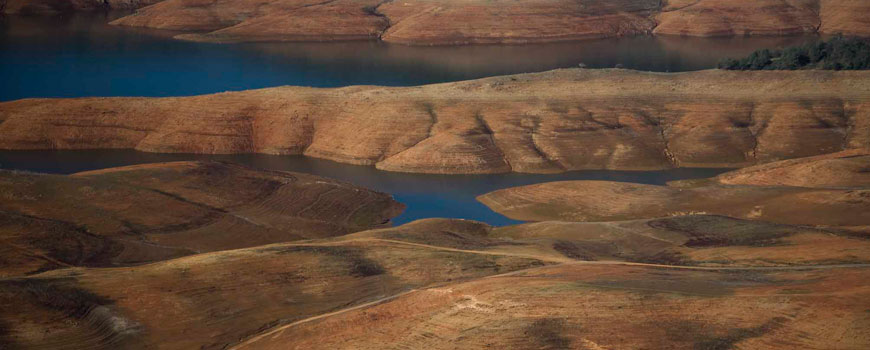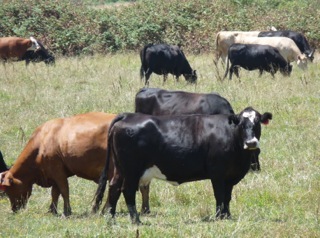Ag Day at the State Capitol
WHAT: On Wednesday, March 19, The California Department of Food and Agriculture will partner with the California Women for Agriculture and the California Foundation for Agriculture in the Classroom to host the annual California Ag Day. This year’s theme is, “Common Ground: Celebration, Innovation, Education.”
Exhibits will include advances in aquaculture and a demonstration of robotics featuring an electronic milking cow named Buttercup.
Ag Day will recognize the centennial anniversary of the University of California’s Office of Agriculture and Natural Resources, which has helped stimulate a culture of innovation in California agriculture during its 100-year history of bringing knowledge from academic research laboratories to farmers and ranchers throughout California.
The event will also include the announcement of a new partnership between CA Grown and Visit California – celebrating the collaboration between farmers and chefs to make California a culinary destination for millions.
WHEN: Wednesday, March 19, 2014
10:30 a.m. to 11:30 a.m. ~ Legislators and staff tour booths
11:30 a.m. to 1:30 p.m. ~ Open to the public
WHO: CDFA Secretary Karen Ross
California Women for Agriculture President Lynn Figone
California Foundation for Agriculture in the Classroom Executive Director Judy Culbertson
University of California Office of Agriculture and Natural Resources President Barbara Allen-Diaz
Visit California President and CEO Carolyn Beteta
California Farm Bureau Federation First Vice-President Kenny Watkins
WHERE: California State Capitol Building, west steps.
WHY: Ag Day is an annual event to recognize California’s agricultural community by showcasing the numerous commodities that are produced in our state.
It is also a day for the agricultural community to show its appreciation by bringing together state legislators, government leaders and the public for agricultural education and healthy treats.



 Crop water stress detection and monitoring
Crop water stress detection and monitoring




















